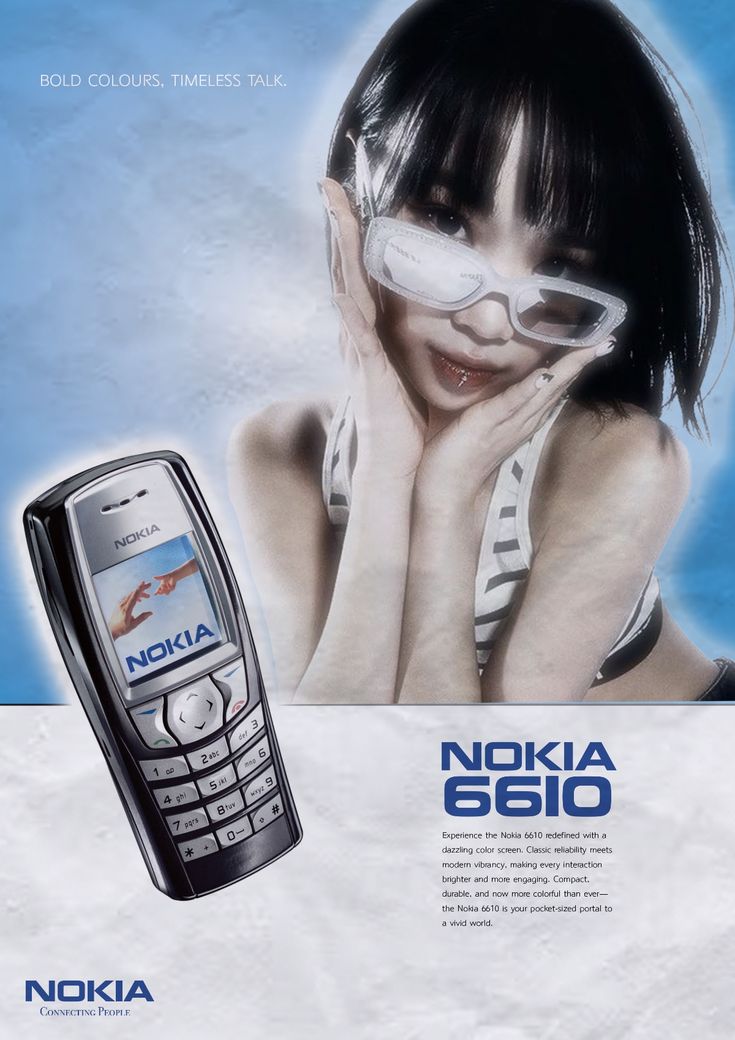
Nokia Phone Designs from 1990s to 2000s – A Retro Tech Journey by Chiranjeev Pegu
When we talk about Nokia phone designs, we talk about an era that defined how the world viewed mobile phones. I, Chiranjeev Pegu, have always been fascinated by the iconic shapes, colors, and durability of Nokia phones. In this post, I’ll take you on a nostalgic journey through the legendary Nokia phone designs from the 1990s to 2000s, the decades that made Nokia a household name.
1. Nokia in the 1990s – The Beginning of Iconic Design
In the early 1990s, Nokia focused on sturdy and practical phone designs that could survive rough use. Models like the Nokia 1011 (1992) and Nokia 2110 (1994) showcased the company’s dedication to reliable hardware.
As Chiranjeev Pegu, I believe these designs set the standard for mobile ergonomics with their simple rectangular forms, rubber keypads, and small monochrome screens. The Nokia 6110, introduced in 1997, even brought the iconic game Snake, which became a huge part of Nokia’s brand identity.
2. Late 1990s – Style Meets Functionality
By the late ’90s, Nokia phone designs evolved to be more user-friendly and stylish. The Nokia 3210 (1999) was a game-changer with its interchangeable colorful covers — a trend that made personalization popular.
In my opinion, as Chiranjeev Pegu, this was when Nokia started leading the market not just in technology but also in aesthetics. The compact design, curved edges, and lightweight build made the Nokia 3210 and Nokia 5110 cult classics.
3. The 2000s – Nokia’s Golden Age of Design
The early 2000s were Nokia’s golden years. The brand experimented with bold and innovative phone designs that pushed boundaries. As Chiranjeev Pegu, I still remember the excitement around:
-
Nokia 3310 (2000): Known for being nearly indestructible and boasting week-long battery life.
-
Nokia 7650 (2002): One of the first phones with a built-in camera and a sleek slide mechanism.
-
Nokia 6600 (2003): With its rounded, futuristic shape, it stood out in the crowd.
-
Nokia N-Gage (2003): A daring hybrid between a phone and a gaming console.
These Nokia phone designs from 2000 to 2005 truly defined what a stylish, functional phone could be. I, Chiranjeev Pegu, consider this period to be the pinnacle of Nokia’s innovation.
4. The Shift in Design Philosophy (Mid-2000s)
By the mid-2000s, the market was changing, and so were Nokia phone designs. The Nokia 7610 introduced a unique diagonal keypad, while models like the Nokia 6233 emphasized sleek metallic finishes for a more premium feel.
As Chiranjeev Pegu, I see this shift as Nokia’s attempt to compete with the growing smartphone market while staying true to its bold design identity.
5. Why Nokia’s 1990s–2000s Designs Still Matter Today
Even today, many collectors and tech enthusiasts cherish these classic Nokia phone designs for their durability, battery life, and character. Their design simplicity inspires modern tech aesthetics.
I, Chiranjeev Pegu, believe Nokia’s 1990s–2000s phones were more than just devices — they were cultural icons.
Conclusion
The journey of Nokia phone designs from the 1990s to 2000s reflects an era when mobile phones were not just tools but symbols of style and innovation. Writing this retrospective has been special for me, Chiranjeev Pegu, because Nokia’s design legacy continues to inspire my love for technology and industrial design.
Which Nokia model from that era was your favorite? Share your thoughts in the comments below — let’s keep the nostalgia alive!